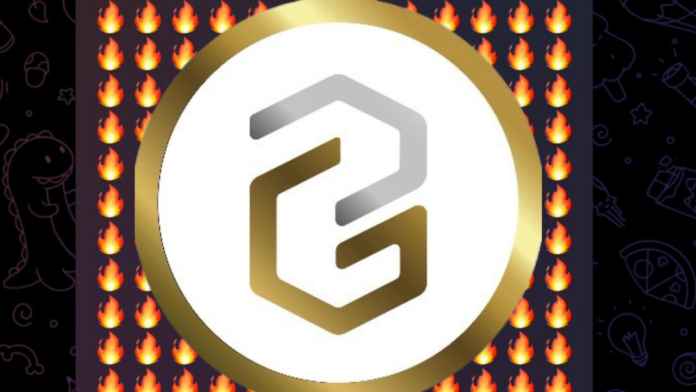Gold DAO’s latest burn event has removed another 23,867.62 GOLDAO from circulation, reinforcing the deflationary aspect of the token. With a hard cap of one billion, the total burned supply now stands at 4,200,538.39 GOLDAO, bringing the remaining supply to 996,006,087.95 GOLDAO. Each reduction tightens availability, gradually shifting the dynamics of the token’s economy.
Burn mechanisms have long been a strategy for managing supply and influencing value perception in digital assets. By permanently removing tokens, projects aim to counteract inflationary pressures and drive scarcity. For GOLDAO holders, the cumulative effect of successive burns could reshape long-term valuations, especially as circulation decreases.
Market watchers often assess burn events to gauge potential impacts on price action and investor sentiment. While an immediate price surge is never guaranteed, controlled reductions in supply tend to reinforce confidence among holders who prioritise scarcity. The psychology behind scarcity has been demonstrated across different asset classes, from traditional commodities to digital assets. A diminishing supply can lead to a reassessment of value, particularly if demand remains steady or increases.
Gold DAO has kept its burn mechanics transparent, with each event reflecting on-chain verifiable data. Transparency in tokenomics has become a key factor for investor trust, particularly in a market where opaque supply mechanics can lead to scepticism. Investors seek clarity on whether reductions are systematic or sporadic. Consistency in burning schedules, combined with a clear rationale, helps to maintain credibility.
Token burns are often viewed as a hedge against excessive token distribution. When too many tokens flood a market, dilution occurs, potentially weakening price stability. By strategically removing portions from circulation, projects attempt to stabilise value and sustain demand. The success of this strategy depends on market conditions, adoption rates, and the broader economic landscape affecting digital assets.
The broader implications of GOLDAO’s deflationary measures extend beyond supply metrics. The long-term viability of any digital asset depends on sustained adoption, utility, and market positioning. Projects that rely solely on burn mechanics without addressing ecosystem development may struggle to maintain interest. A thriving token economy requires a balance of supply-side management and ongoing engagement from users, developers, and strategic partners.
Speculation surrounding future burn events remains an ongoing point of discussion among GOLDAO holders. Some anticipate that continued reductions in supply could lead to stronger price floors, while others consider external factors such as overall market conditions and adoption trends. Sentiment in digital asset markets fluctuates based on multiple variables, including macroeconomic factors, regulatory developments, and technological advancements within blockchain ecosystems.
GOLDAO’s approach to supply reduction aligns with broader industry trends where projects deploy burn mechanisms as part of a comprehensive economic model. Whether through automated burn schedules, governance-driven reductions, or transaction-based burns, these mechanisms reflect a commitment to managing token supply strategically. The effectiveness of such strategies ultimately depends on execution and market reception.
Beyond immediate supply dynamics, the role of governance and community involvement in burn decisions adds another layer of engagement. In decentralised ecosystems, the ability for token holders to influence economic policies through governance frameworks ensures alignment between project teams and their communities. Governance-driven burns allow for more adaptive supply management, responding to evolving market conditions and user demands.
Investor response to burn events varies depending on market sentiment and broader economic trends. Some view consistent burns as a sign of disciplined supply management, reinforcing confidence in the asset’s long-term positioning. Others focus on real-world applications and the extent to which a token’s ecosystem continues to expand. A balance between deflationary measures and real utility is crucial for long-term sustainability.
Gold DAO’s ongoing commitment to structured supply reductions underscores its approach to market positioning. With each burn, the remaining supply inches closer to a more limited state, influencing both psychological and practical factors for holders. As digital assets continue to evolve, the interplay between scarcity, utility, and adoption will determine the trajectory of individual projects.
Market conditions will dictate the impact of future burns, and while reduced supply can contribute to upward pressure on valuations, external factors such as investor behaviour, regulatory developments, and technological progress within the blockchain sector remain influential. The interplay between these elements shapes the effectiveness of deflationary strategies and their role in broader economic frameworks.
The next phases of Gold DAO’s token economy will be watched closely as supply mechanics continue to evolve. Whether further burns occur at a similar pace or new mechanisms are introduced, the ability to sustain engagement and adoption will remain a priority. The long-term narrative will depend on how these factors align within a changing digital asset environment.


